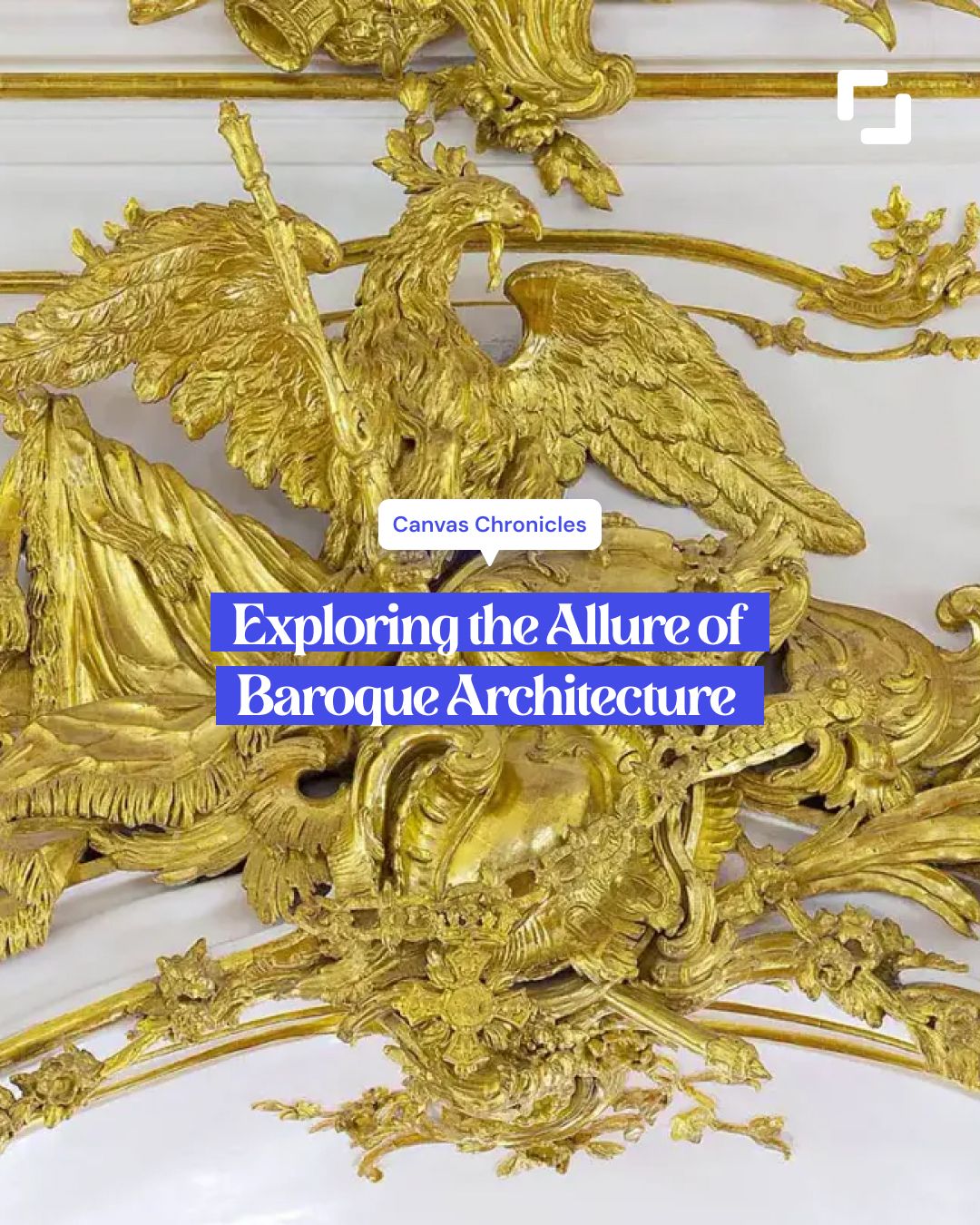Baroque architecture is a highly ornate and theatrical style that emerged in Europe during the 17th and 18th centuries. It is characterized by grandeur, exuberance, and a sense of movement and dynamism. Baroque architects sought to create dramatic and awe-inspiring spaces that were intended to impress and evoke strong emotional responses.
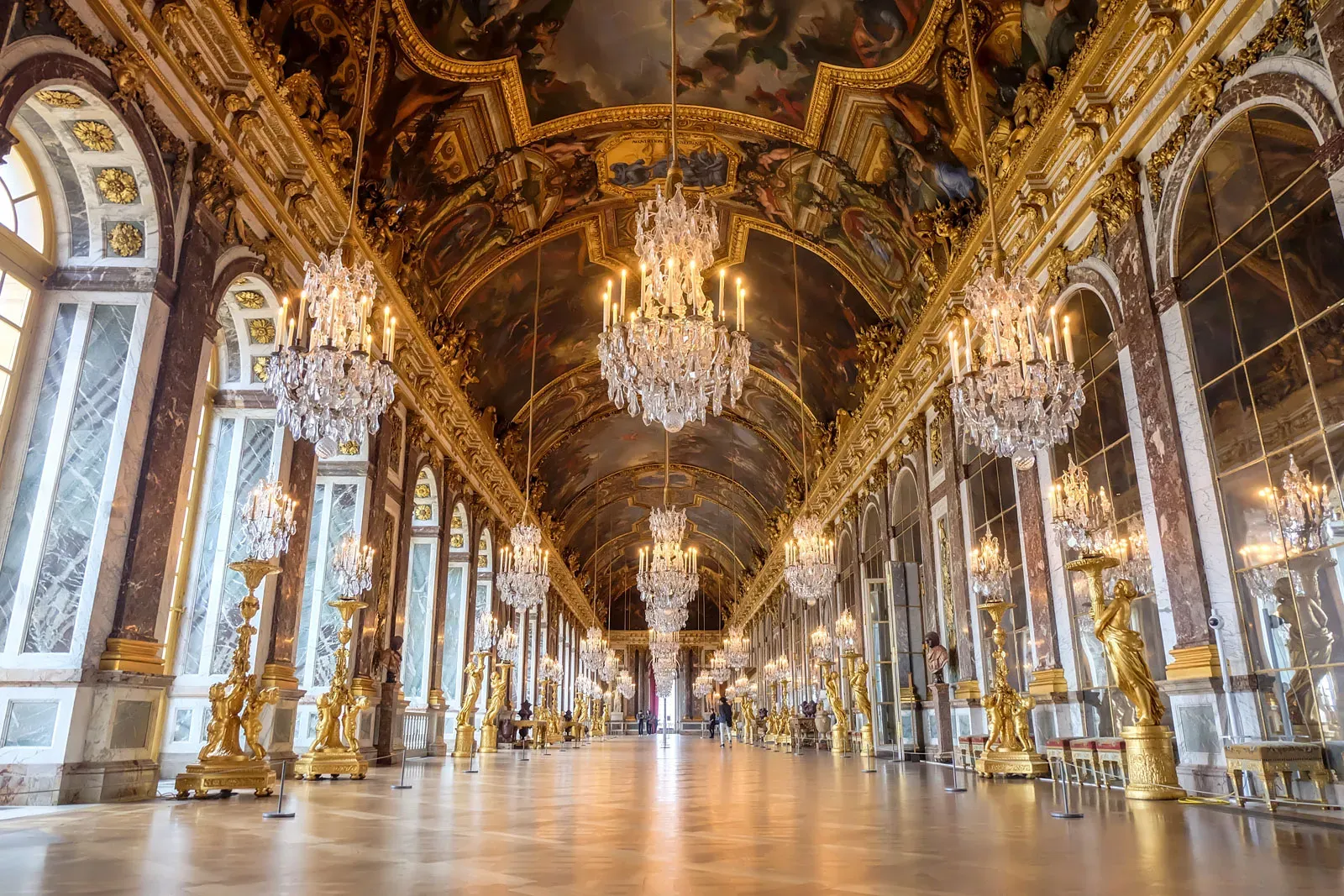
Key features of Baroque architecture
Elaborate ornamentation: Baroque buildings are adorned with intricate details, including ornate facades, decorative sculptures, and elaborate stucco work. Every surface is often embellished with intricate designs and motifs.
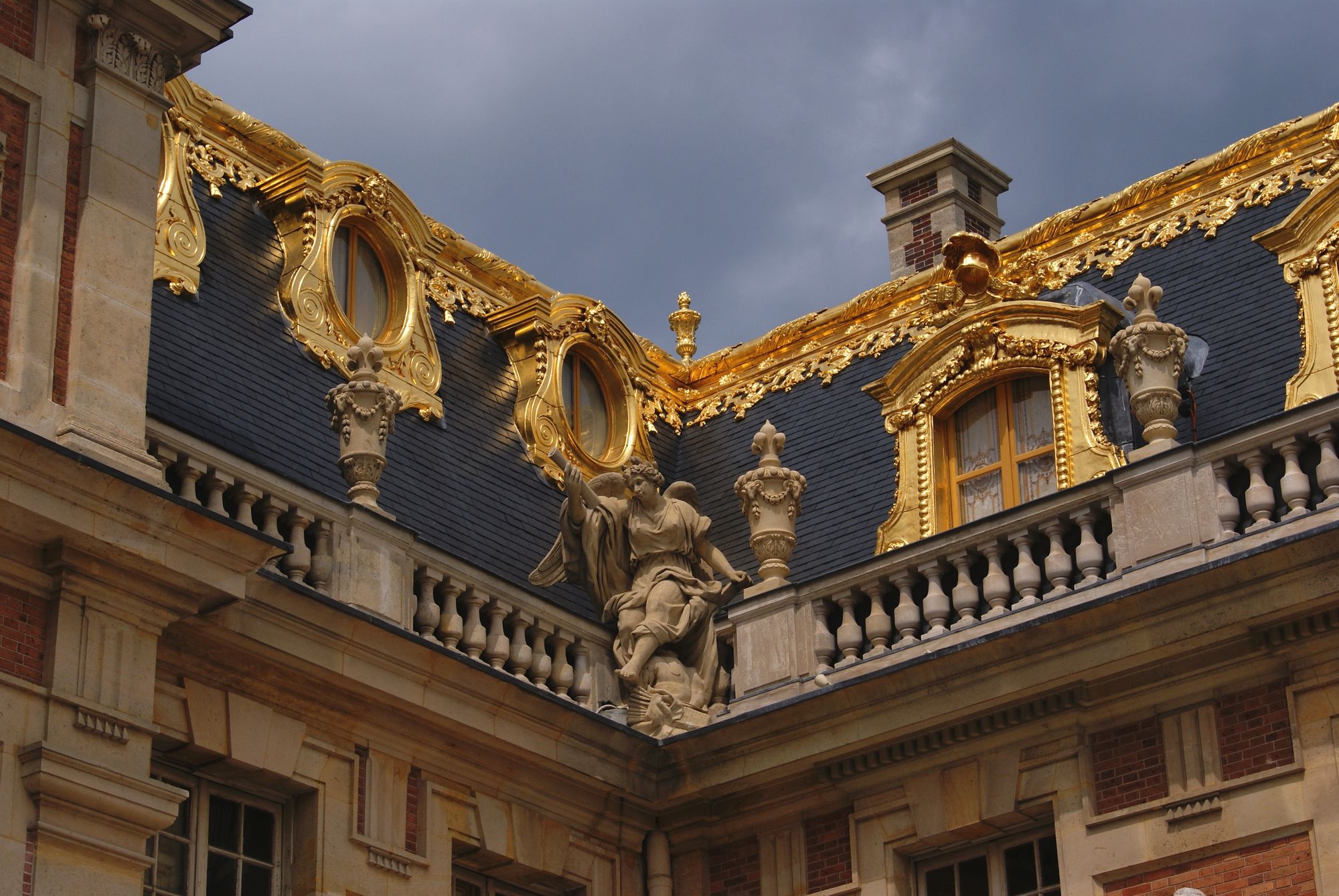
Curvilinear forms: Baroque architecture emphasizes curves and flowing lines. Buildings often feature curved facades, undulating shapes, and sweeping staircases that create a sense of movement and dynamism.
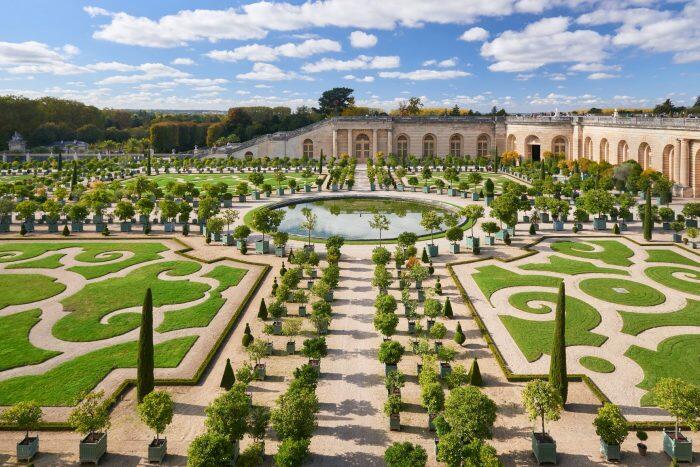
Dramatic use of light and shadow: Baroque architects employed various techniques to manipulate light and create dramatic effects. Large windows, domes, and vaulted ceilings allowed for the play of light and shadow, enhancing the sense of grandeur and creating a dynamic visual experience.
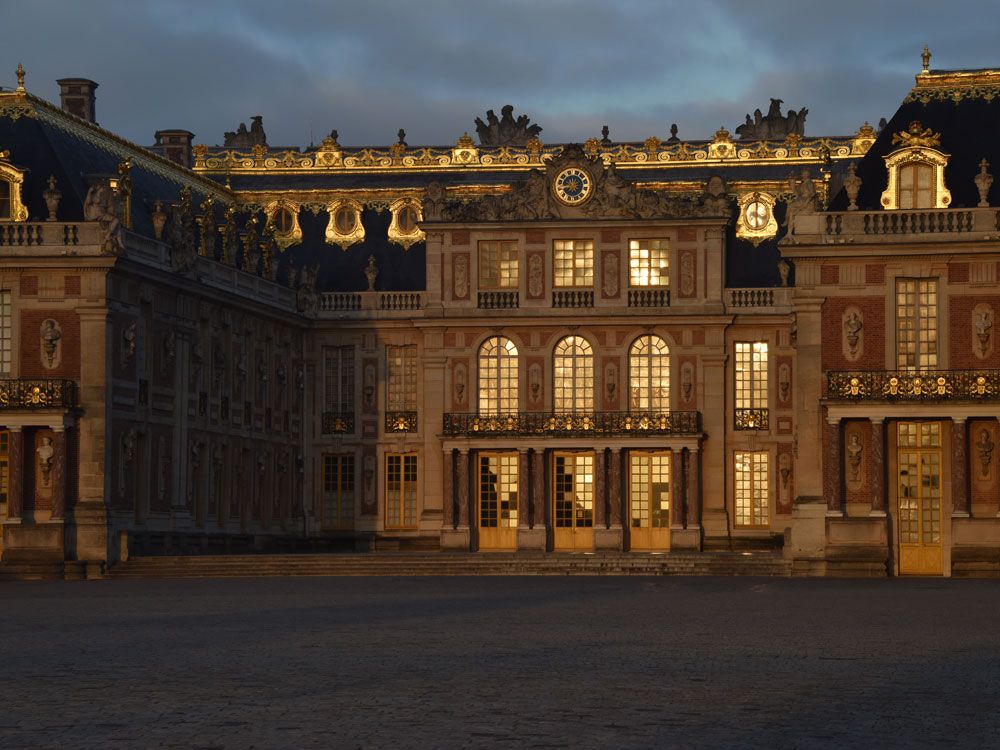
Monumental scale: Baroque buildings are typically large in scale, with impressive proportions and monumental facades. They often dominate their surroundings and convey a sense of power and magnificence.
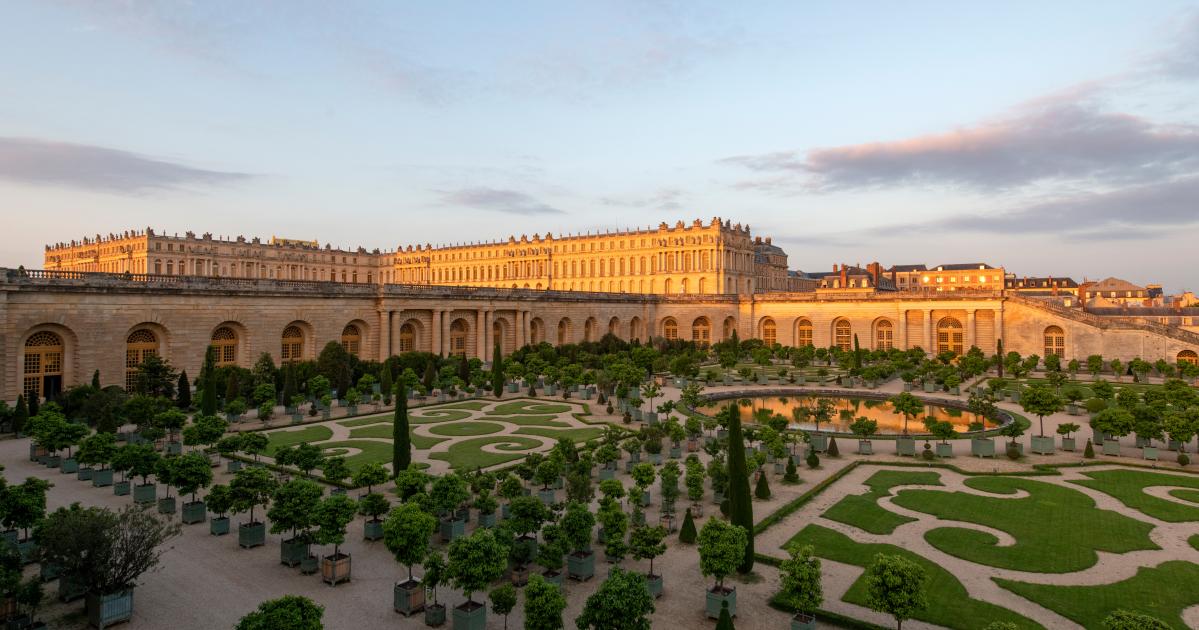
Some of the best examples of Baroque architecture include:
St. Peter's Basilica, Rome, Italy: Designed by architects including Carlo Maderno and Gian Lorenzo Bernini, this iconic church showcases many Baroque elements, such as its grand façade, dramatic colonnade, and ornate interior.
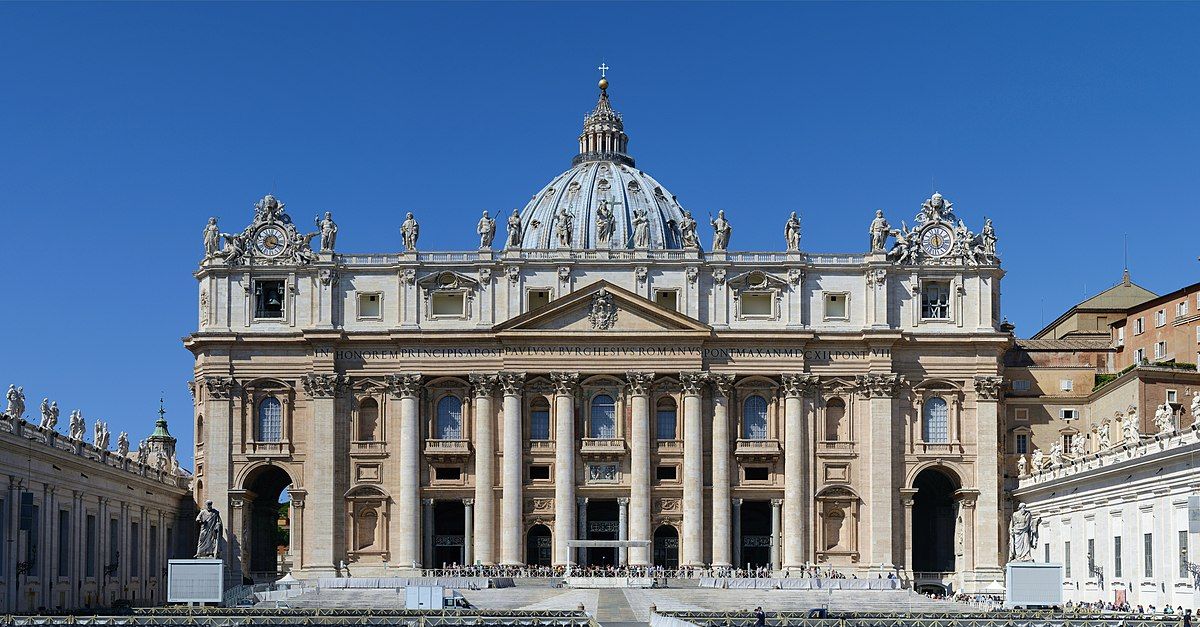
Palace of Versailles, France: Built during the reign of Louis XIV, the Palace of Versailles is a sprawling complex renowned for its opulent Baroque architecture. The Hall of Mirrors and the gardens exemplify the grandeur and intricacy of the style.
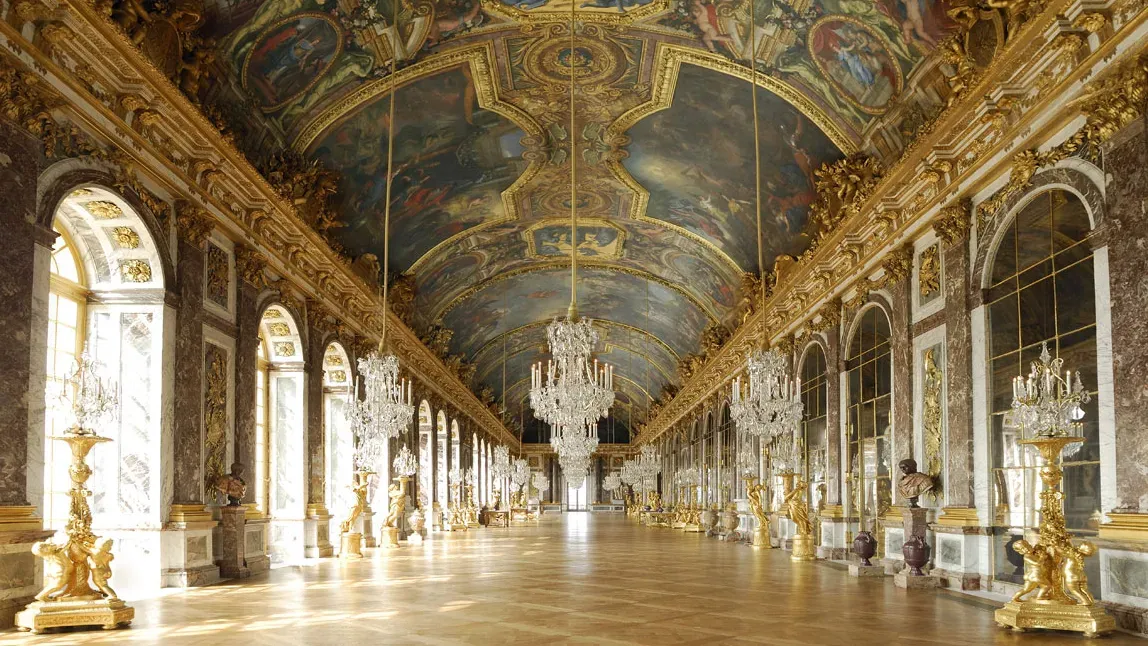
Church of the Gesù, Rome, Italy: Considered one of the first truly Baroque churches, the Church of the Gesù features a dramatic facade with a concave-convex design, elaborate sculptures, and richly decorated interiors.
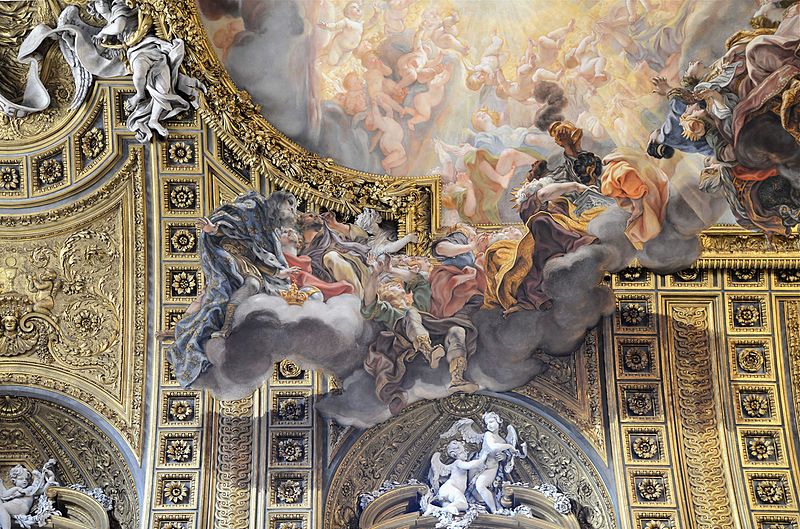
Zwinger Palace, Dresden, Germany: This Baroque masterpiece showcases the fusion of architecture and sculpture. Its grand courtyard is surrounded by ornate pavilions, and the complex houses museums and galleries.

Wieskirche (Pilgrimage Church of Wies), Germany: A UNESCO World Heritage site, the Wieskirche is a masterpiece of Bavarian Rococo architecture, a sub-style of Baroque. It is renowned for its delicate stucco work, ceiling frescoes, and overall ethereal beauty.
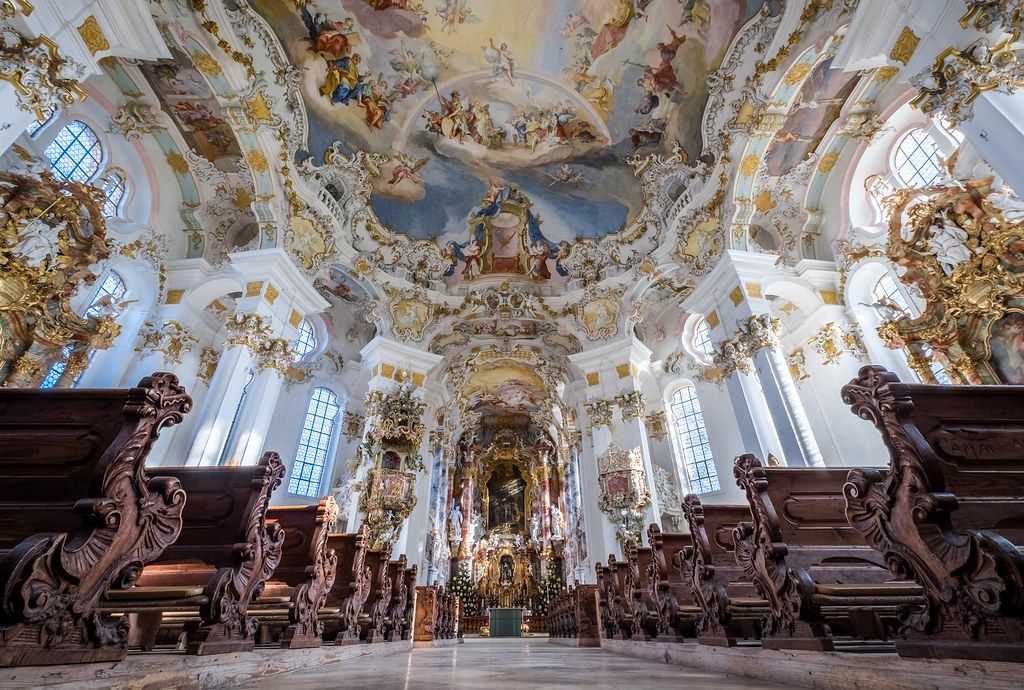
These examples represent the diversity and magnificence of Baroque architecture, which left an indelible mark on the architectural history of Europe.
Exploring Baroque on Exchange Art:
1.Golden Shadow of the Royal Court by Charlotte
Baroque gold elements are a defining characteristic of the Baroque style, which is marked by opulence, intricacy, and a penchant for drama. These elements were used to create a sense of grandeur and to elevate art, architecture, and décor to new heights of extravagance during the Baroque era.
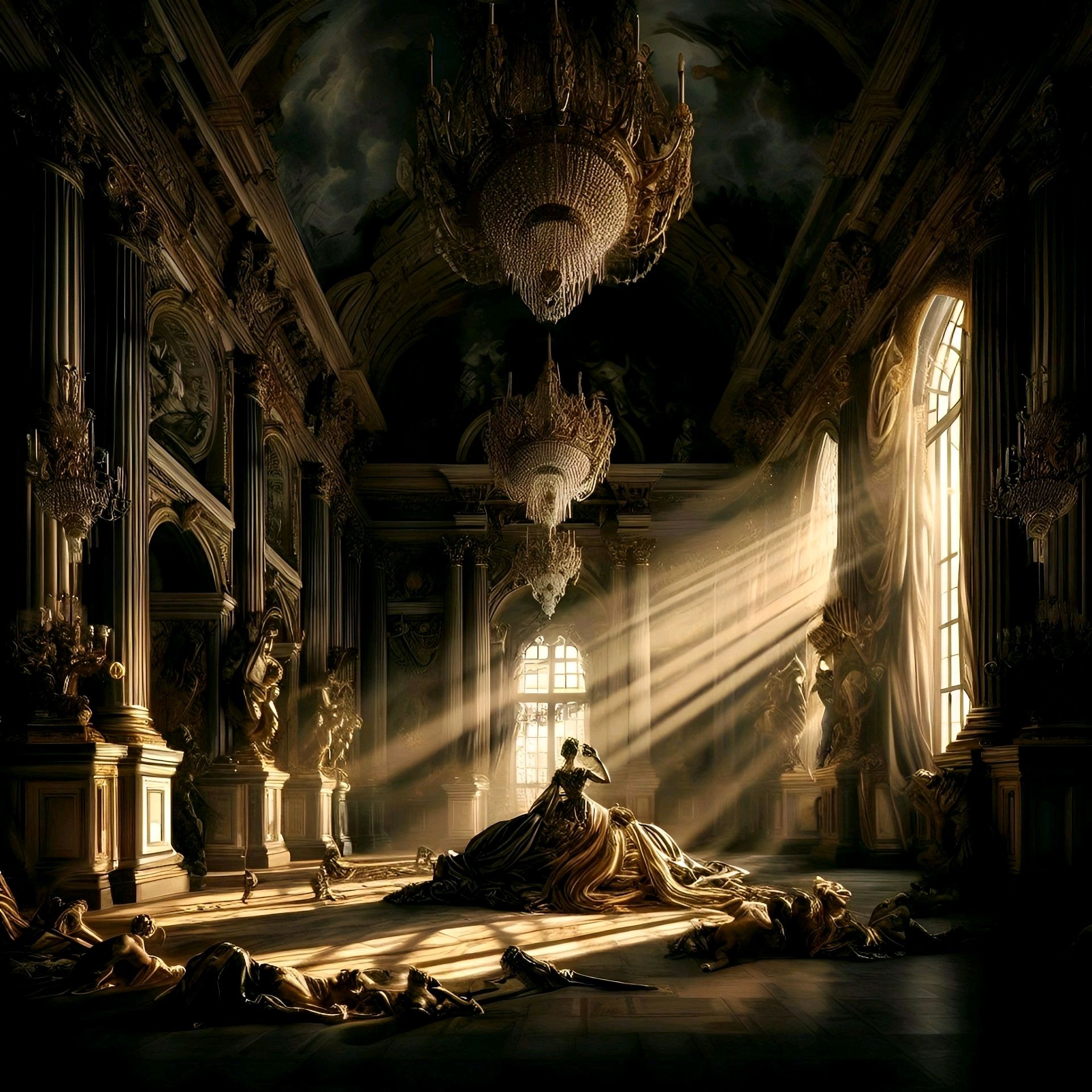
The Baroque period was known for its theatrical and dramatic style. Gold elements were used to enhance this sense of drama, with their shimmering and reflective qualities.
Freedom in A Cage by HobbyLukis
3.Shell by iggyyamanda
Gold held symbolic meaning in Baroque art and design, representing wealth, power, and divinity. It was used to underscore the authority and glory of rulers and the church.
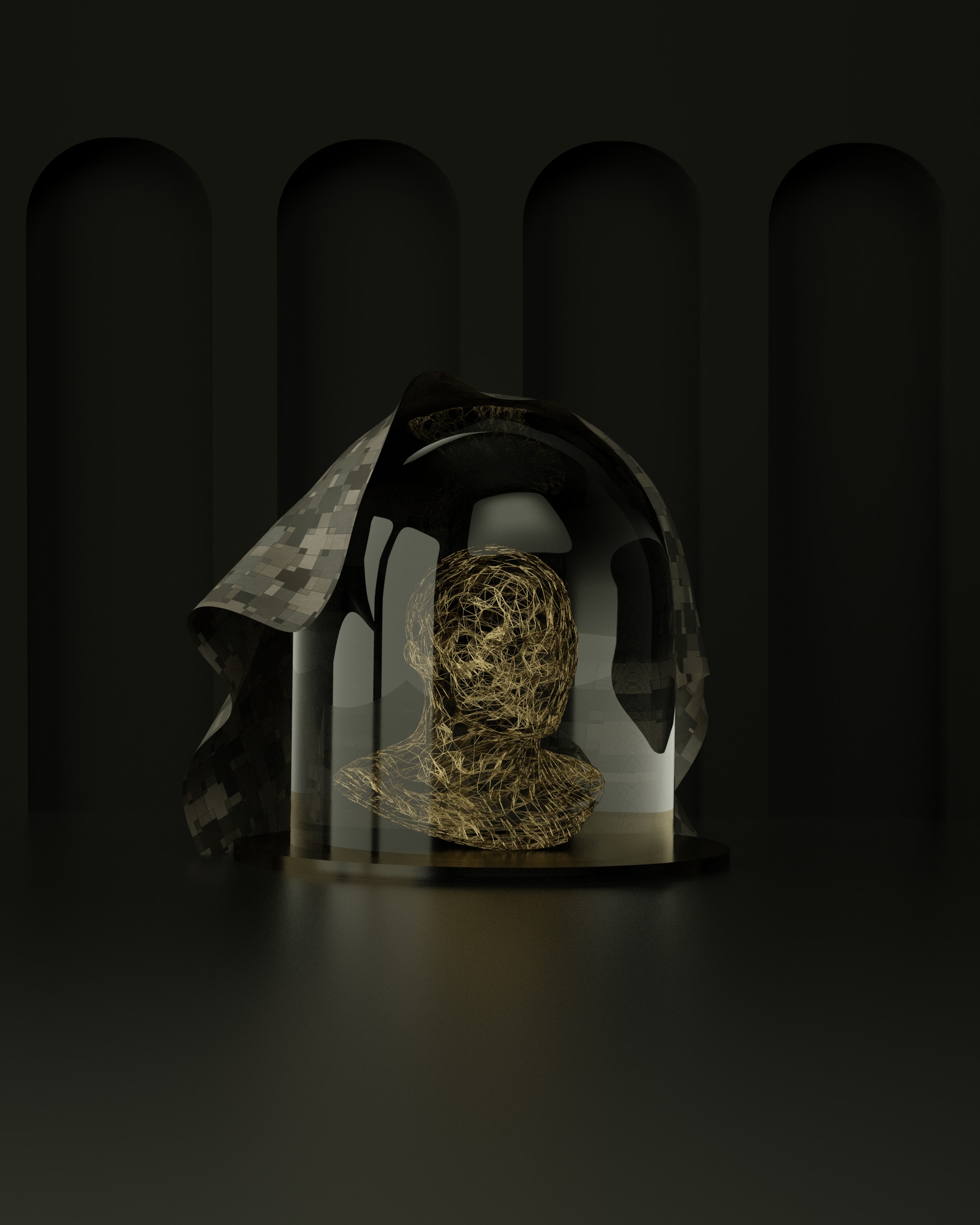
4.lost# 24 by romarharov
The use of gold in Baroque art was also intended to elicit strong emotional responses from viewers. The radiant quality of gold could enhance the religious, mythological, or dramatic themes prevalent in Baroque works.


